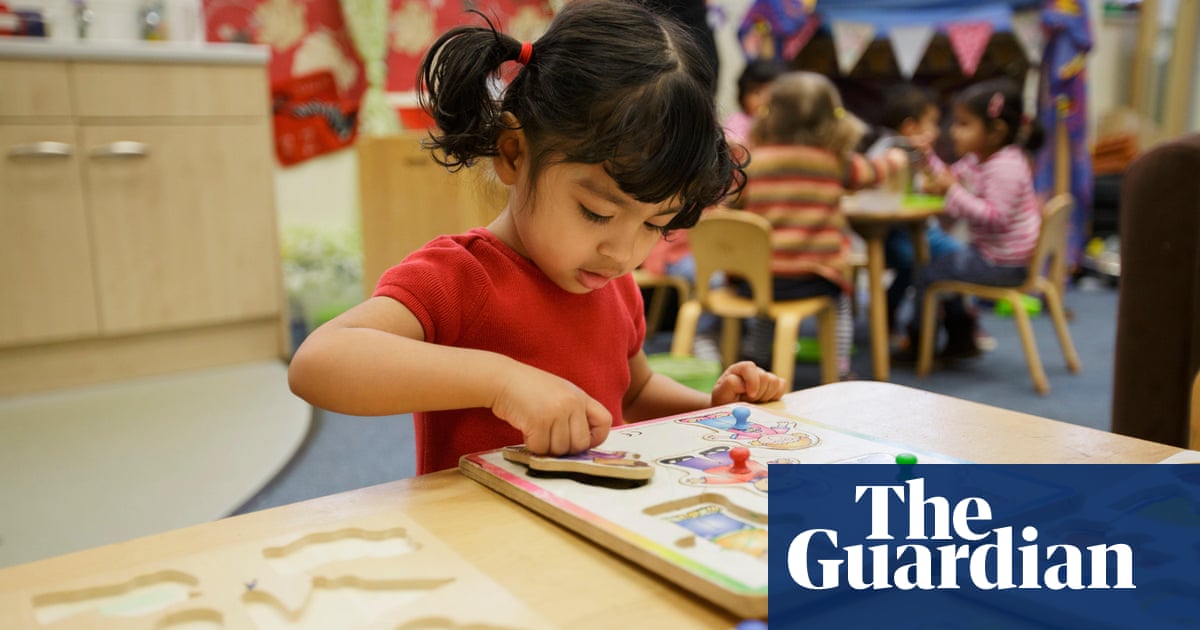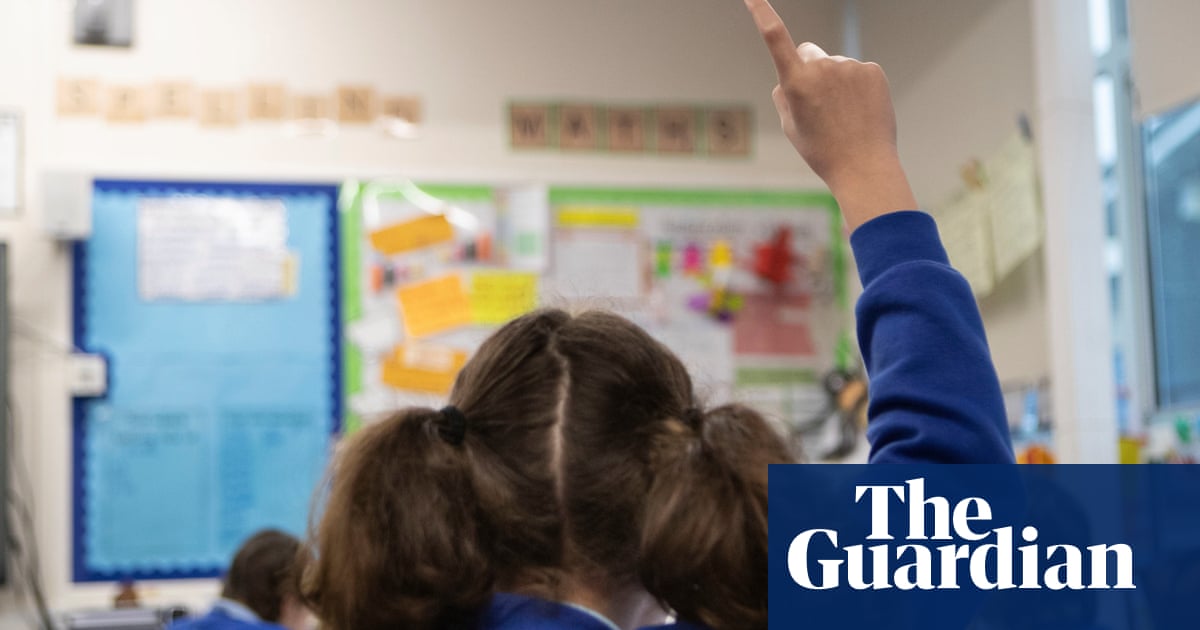
Plans to push ahead with reopening schools in England are in disarray, after the government admitted that not all primary school pupils will be able to return to the classroom before the end of summer.
Boris Johnson last month said his aim was “to get primary pupils back into schools, in stages,” as he announced the opening of primary schools to pupils in reception, year one and year six from 1 June.
But government sources now acknowledge that – with little more than six weeks remaining before schools close for summer – the practicalities are too difficult for all children to return.
Gavin Williamson, the education secretary, is to give an update on the progress of schools reopening on Tuesday, and is expected to concede publicly that many primary pupils will not return to their classrooms until the new school year in autumn.
The acknowledgement was welcomed by school leaders, with Paul Whiteman, general secretary of the National Association of Head Teachers, saying: “If confirmed, we’re pleased to see the government will not force the impossible. Schools will continue to use their flexibility, intelligently, to deliver the very best for all the pupils in their school.”
Attendance statistics collected by the Department for Education to be published on Tuesday are likely to confirm that only half of pupils in the three eligible year groups returned to school last week.
The attendance figures represent a setback for Johnson’s efforts to use schools as a lever to revive the economy. Johnson’s “roadmap” for exiting the lockdown, published last month, stated: “The government’s ambition is for all primary school children to return to school before the summer for a month if feasible, though this will be kept under review.”
But Johnson’s announcement of a 1 June return was greeted with scepticism by parents and opposition from school unions and local authorities, wary of the health and safety difficulties for both staff and pupils in England’s ageing and cramped classrooms.
Whiteman, who represents leaders in the majority of England’s primary schools, said: “Throughout lockdown, school leaders and their teams have worked hard to meet the needs of all their pupils. This term, they must be given flexibility they need to balance the needs of the pupils coming back and the children continuing to learn at home.
“Returning all pupils before the end of this term will present unsolvable practical barriers if the hierarchies of control are to be maintained. Year groups have had to be split into groups of 15, using up other classrooms and occupying teachers from other years.”
In a further confirmation of the difficulties that teachers face, Matt Hancock hinted at Monday’s Downing Street press briefing that even a full return in September may be difficult.
Hancock said that for secondary schools, September was the “current working plan”; but it would require “ingenuity”. Johnson has said he would like to see the 2-metre distancing rule altered, although Department for Education guidance already states that young children need not socially distance within the small groups, or “bubbles”, in which they are taught.
Scotland and Northern Ireland have already said that their schools will not reopen more widely until after the summer holidays, with Scotland saying that schools will use a flexible mix of in-person and remote learning for the foreseeable future. Schools in Wales are to partially reopen later this month for a brief period.
Schools in all parts of the UK have remained open for the children of key workers and vulnerable pupils, with many operating throughout the Easter and half-term holidays.












